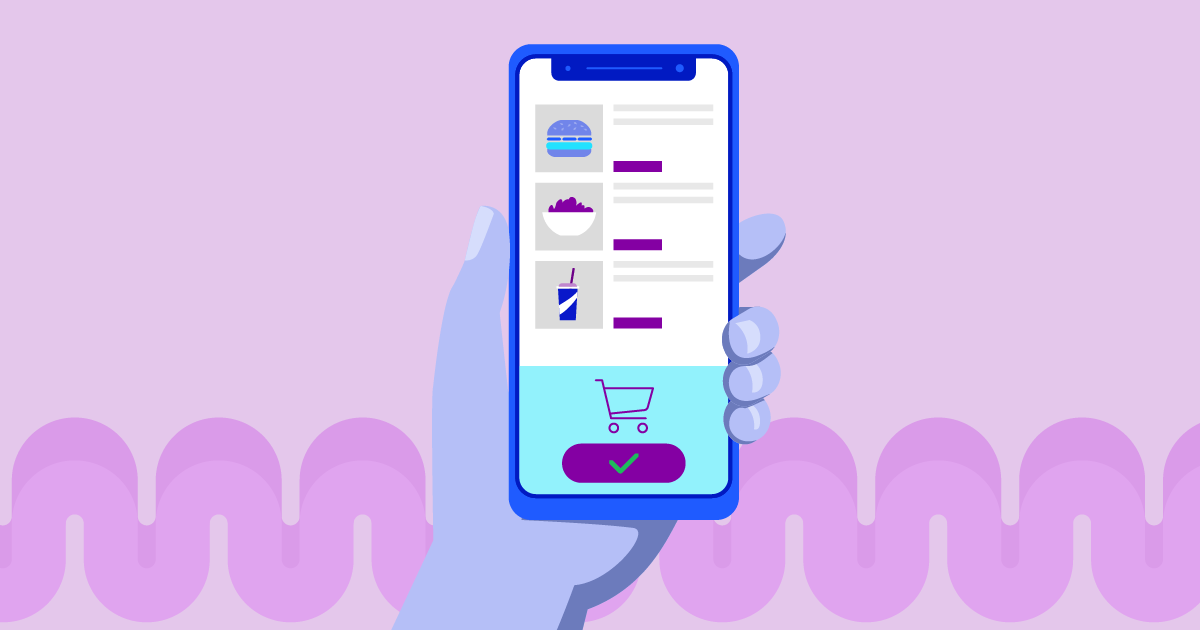
If you’re a problem-solver, one who longs to find the answer to an unsolved mystery, you understand that the solution lies in its origin. Trace the issue back to its source to find the missing piece that completes the puzzle.
Fraud, though not always a mystery, is similar: Have a problem with fake users or promo abuse? Check your onboarding process.
This article unravels the mystery of new account fraud, explaining what it is and how to prevent it.
Table of Contents
What is new account fraud?
New account fraud, also known as onboarding fraud, begins in the earliest stage of the customer journey, which means it disrupts the first chance you have to build trust with potential customers.
New account fraud occurs when bad actors exploit a victim’s information, such as phone numbers, addresses, and email, in order to gain access to a digital platform.
Once fraudsters have access to accounts, they often commit costly fraud that leaves a trail of angry customers and damaged brand reputations along the way.
Unfortunately, the fraud scheme is growing. Financial institutions have reported an estimated $20 billion in losses from synthetic ID fraud (an onboarding fraud type) in 2020, which is a 33% jump from just a few years prior.

Let’s look at the different types of new account fraud.
New account fraud types: Fake users
New account fraud is often carried out by fake users, who complete the onboarding process under the guise of false information in order to commit fraud and wreak havoc on digital platforms.
A fake user is an identity created by bad actors using stolen usernames, email addresses, and phone numbers. The resulting fake user is then able to pass through the verification and authentication processes during onboarding and set up shop in the ecosystem, where they spam and victimize legitimate users, impersonate brands, and commit fraud.
Fake users are a serious issue, and it is believed they comprise 16% of Facebook accounts and roughly 20% of Twitter accounts.
And speaking of Twitter, Tesla CEO Elon Musk announced his intentions to purchase the social media giant for $44 billion, only to back out due to his reported belief that Twitter has a spam bot issue it needs to address.
Whatever the truth behind the mega deal drama turns out to be, fake users remain a source of concern for social media platforms, and bad actors continue to fine tune their tactics to stay one step ahead of security stacks.
New account fraud types: Synthetic ID fraud
Synthetic identity fraud is, like fake users, a type of fraud that happens during account creation.
To understand synthetic ID fraud, it’s important to point out that it is different from traditional ID fraud, in which a bad actor pretends to be a real person.
In synthetic ID fraud, bad actors combine both real and fake personal information to create a fake person, which they then use to apply for credit and make purchases in bad faith.
One of the biggest problems resulting from synthetic ID is the identity created in these schemes doesn’t belong to a single, real person, and thus any fraudulent activity is untraceable and extremely costly to the victims.
New account fraud types: IRSF
IRSF, or International Revenue Share Fraud, is a communications fraud that gives bad actors a chance to benefit from revenue share from premium numbers.
In IRSF, which occurs in the onboarding stage, fraudsters use scripted attacks and other illegal business practices to make unauthorized calls and messages to premium rate numbers (PRN).
How IRSF works
- The fraudster illegally acquires PRNs or number ranges to register on websites, triggering voice calls or SMS messages.
- The fraudster uses automated scripts to cycle between numbers within their range. They test these scripts using trial transactions to check if a number is terminated or not, and then they ramp up traffic to those ranges.
- The fraudster then colludes with international PRN providers and content providers to bring about artificial inflation of traffic from the acquired numbers.
- Lastly, the fraudster moves on to another number and another destination to carry on the traffic for as long as the number ranges remain unblocked by the originating home operator.
Unlike other types of new account fraud, IRSF doesn’t target individuals; it targets businesses. Unfortunately, as IRSF increases, many businesses have no real solutions to combat itÑor even detect it.
Businesses that successfully defend against the scheme implement risk scoring into their security stacks, which they generate by analyzing the phone number used during the onboarding process before allowing new users to enter their ecosystem.
New account fraud types: Promo abuse
Promo abuse happens when a fraudster circumvents a company’s rules or restrictions regarding promotions, using multiple accounts to take advantage of sign-up offers, such as coupons or free trials.

On the surface, promotion abuse sounds innocuous, but in the long run, abuse of signup bonuses, referral rewards, and free trials can add up.
In fact, promo abuse is now one of the costliest forms of fraud retailers face. 78% of retailers who experienced promo abuse have also seen a significant uptick in the volume of this type of fraud.
How Telesign prevents new account fraud
Shutting down new account fraud requires a personalized, dedicated solution that adapts to the evolving world of fraud and your security stack.
At Telesign, we give you the power to move legitimate customers through onboarding in a fast, safe manner, while simultaneously helping you identify and assess risky users.
Telesign helps you stop fake users at the door and build Continuous Trust™ on a global scale.
If you’re interested in learning more about how Telesign can help you find the missing piece of your fraud prevention strategy, chat with us today.


